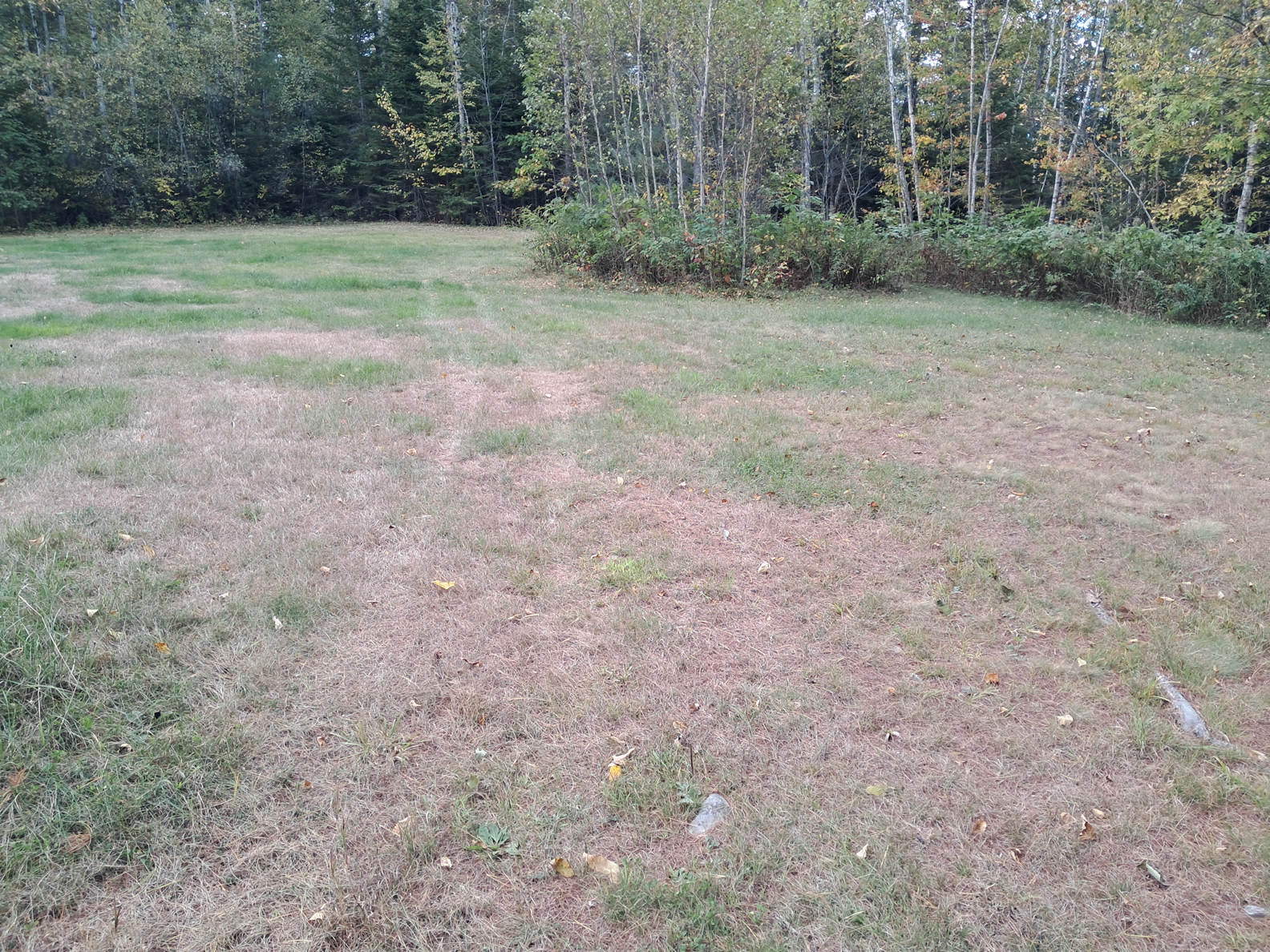New 1-Minute Video Script
This old stone fence once marked the edge of a sheep pasture. In the early 1800s, Warren farmers raised Merino sheep during Maine’s “Sheep Fever,” when wool was as valuable as timber. These walls served both as property lines and as livestock enclosures—keeping sheep from wandering into neighboring fields.
This section is unusual because it’s a double wall—two parallel rows filled with smaller stones for strength along the slope. You can see where part of it collapsed, likely after a tree fell on it long ago. The tree has rotted away, but the stones remain exactly where they landed.
In those days, local law required fences of a minimum height, and each town appointed a fence viewer to make sure the rules were followed.
Pause here and picture the hillside two centuries ago—open pasture dotted with grazing sheep, farmers stacking stones from cleared fields, and the forest still decades away from reclaiming the land.
Sheep Fever
Everyone calls them stone walls, but they were not constructed to be walls. They were built as fences to contain livestock. Stone fences are the result of “sheep fever” which struct New England, 1810-1840.
Marino sheep were developed in Spain and were highly prized for their fine, non-itchy wool. The Spanish government maintained strict export restrictions to defend their monopoly on the premium wool. In 1802, William Jarvis, the U.S. Consul to Portugal, smuggled several hundred Marino sheep to Vermont. Previously, farmers grew field crops for survival and barter. With Marino sheep they now had a true export commodity. More than half of New England was deforested to make room for new pasture land. Stone fences were constructed to contain sheep within designated grazing areas and to delineate property boundaries. During that time 250,000 miles of stone fences were constructed. By the 1830’s there were millions of Marino sheep and dozens of textile mills in New England.
Sheep fever ended in the 1840 when wool prices plummeted due to competition from western farmers who had better grazing conditions and from farmers in Australia and Argentina. During the mid-to-late 1800’s, pastures were abandoned and the land gradually reverted to forest, just as you see here.
Questions
This information stop is at the end of a stone fence. Why did it end here?
Perhaps there was a wooden fence or thick brush that provided containment across the remaining pasture perimeter.
Why is this section of the fence is double walled, unlike other parts?
Perhaps it was built this way to provide better support on sloping ground.
Stone Fence Ecology
The organization of stones into fences creates new habitats for animals and insects. The long fences serve as avenues for animals to move from place to place. The sunny and shaded sides of the fence contain microclimates favorable to different organisms.
Crowd Sourcing: Your Thoughts
We welcome your insights. Please complete this form with your ideas. This will help use improve our educational mission!
